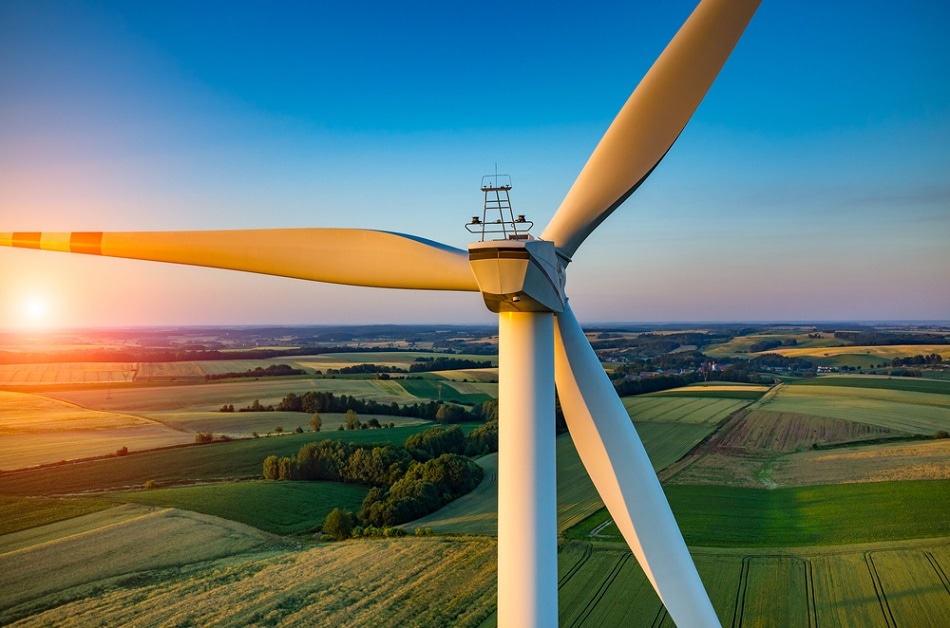Nov 6 2019
Scientists from Carnegie Mellon University have found that existing forecasts recommend that the U.S. electric power sector complies with the 2020 and 2025 CO2 reduction requirements in the Paris Agreement—even though the United States has declared its withdrawal.

Image Credit: Stockr/Shutterstock.com
Recommendations have been made to also meet the 2030 CO2 reduction stipulation mandated by the Clean Power Plan—even though it has been revoked.
In spite of the absence of a national policy with the aim to decrease CO2 emissions, the United States is ahead of plan to meet both the short-term and mid-term goals of the Paris Agreement and the Clean Power Plan, according to the latest viewpoint article published in Environmental Science & Technology.
A year ago, it looked like our ability to meet these larger carbon reduction targets would have required more proactive steps, such as new regulation or new incentive programs. However, as renewable energy costs have fallen and are projected to continue decreasing even further, we are now well on the path to achieving even the 2030 goals in the Clean Power Plan.
Jeffrey Anderson, Study Lead Author and PhD Candidate, Engineering and Public Policy (EPP), Carnegie Mellon University
According to David Rode, faculty of CMU’s Electricity Industry Center, in accordance with the study of projections from the U.S. Energy Information Administration, these carbon reductions will be reached without any extra legislative or regulatory activity. The team also included EPP professors Haibo Zhai and Paul Fischbeck, who is also a professor of Social & Decision Sciences.
In the last few years, declining natural gas prices have driven older coal-fired plants to stop operations.
Most of the older, dirtier coal-fired plants that could be shut down have been replaced—cost-effectively—with cleaner natural gas.
Haibo Zhai, Professor, EPP, Carnegie Mellon University
However, since natural gas prices are currently at multi-decade lows, there is a reduced marginal impact on CO2 emissions from additional reductions in natural gas prices.
“We don’t expect CO2 emissions to keep falling significantly due to natural gas prices,” said Rode. “This would have been a cause for concern had a new savior not appeared.”
In the near future, a substantial decline in the levelized costs of renewable energy, such as solar and wind power, has been predicted. The study demonstrates that these declining costs are currently pushing the projected CO2 reductions past the 2030 goal of the Paris Agreement.
The team highlighted the significance of looking past the debates over the Obama administration’s Clean Power Plan, the Trump administration’s Affordable Clean Energy rule, and the U.N.’s Paris Agreement. “Because we’re on track to meet these targets, the policy discussion should shift to longer-term and more ambitious reduction targets,” said Anderson. “What has happened to date has been the easy part,” added Rode.
Moving from this level to an 80% or 100% reduction in CO2 emissions will be a lot more challenging to the extent it involves considerable reductions in demand, and technologies that have either not been used on a large scale or have costs presently far above carbon-emitting technologies.
“Looking forward, greater investment in new technologies will be required,” stated Zhai. “This may include nuclear power and carbon capture and sequestration, as well as upgrades in grid transmission and storage,” with the aim of exploiting the renewable resources even when the sun is not shining and the wind is not blowing.
Making sure there are several possible methods to achieve CO2 reduction—such as renewable power, coal with carbon capture and sequestration, nuclear, and battery storage—are all important, given that fuel costs vary from year to year and new technologies are challenging to predict. Hence, the researchers claim that incentives and regulations should not be centered around any single technology, but on any means for economically decreasing CO2 emissions.
The study highlights that any variations in the current landscape that could reverse the declining costs of natural gas or renewables, such as the removal of tax incentives for renewables or policies aimed at limiting natural gas production, should be prevented to achieve the CO2 reductions presently projected.
We must act now to secure these current gains, but then it is essential that our policy focus shift to the future. What our experience to date proves is that maintaining the flexibility to pursue as many options as possible is critical given the uncertainties that we face. When forecasts about the future change again, we don't want to find ourselves committed to an outdated approach.
Paul Fischbeck, Professor, EPP, Carnegie Mellon University